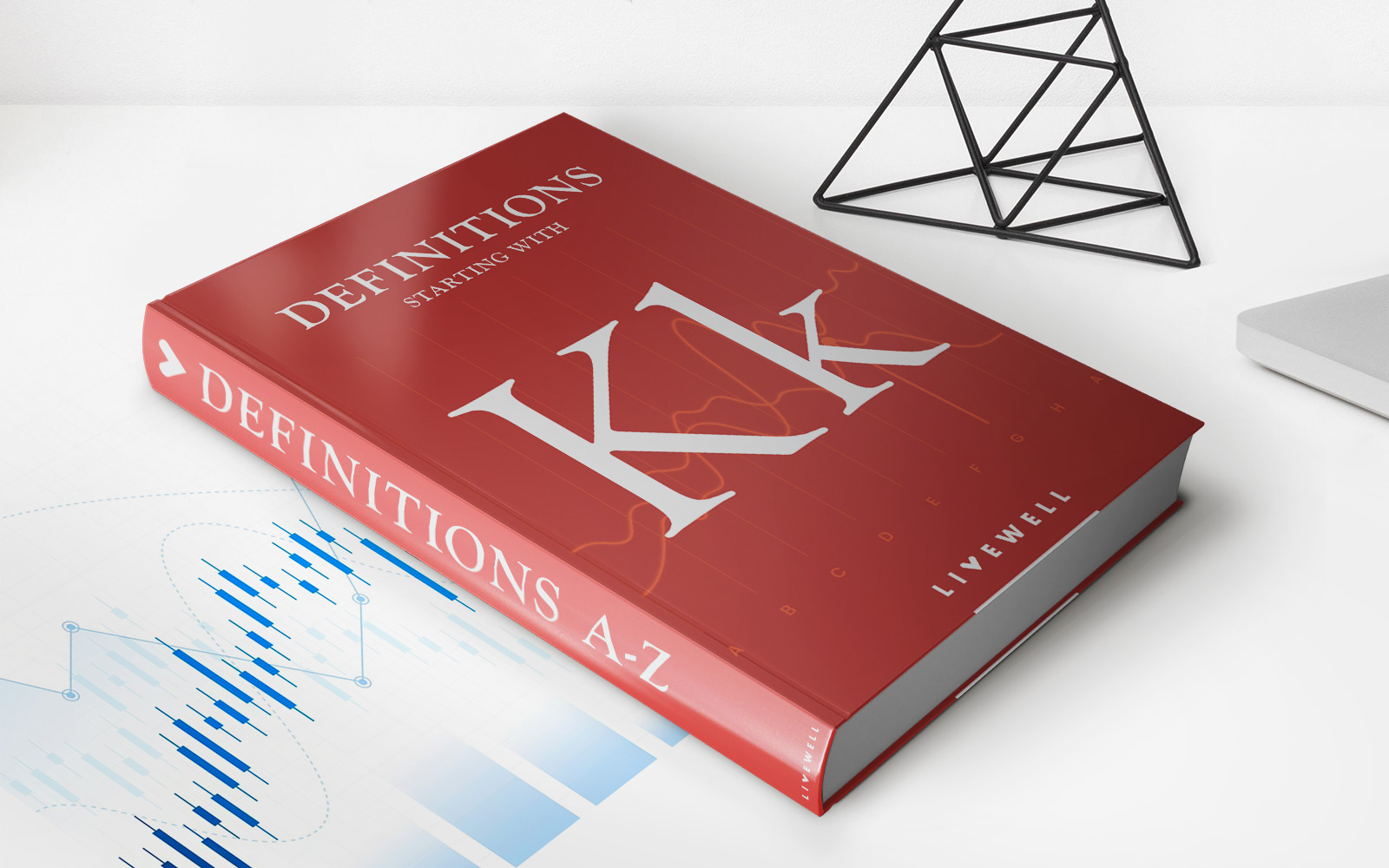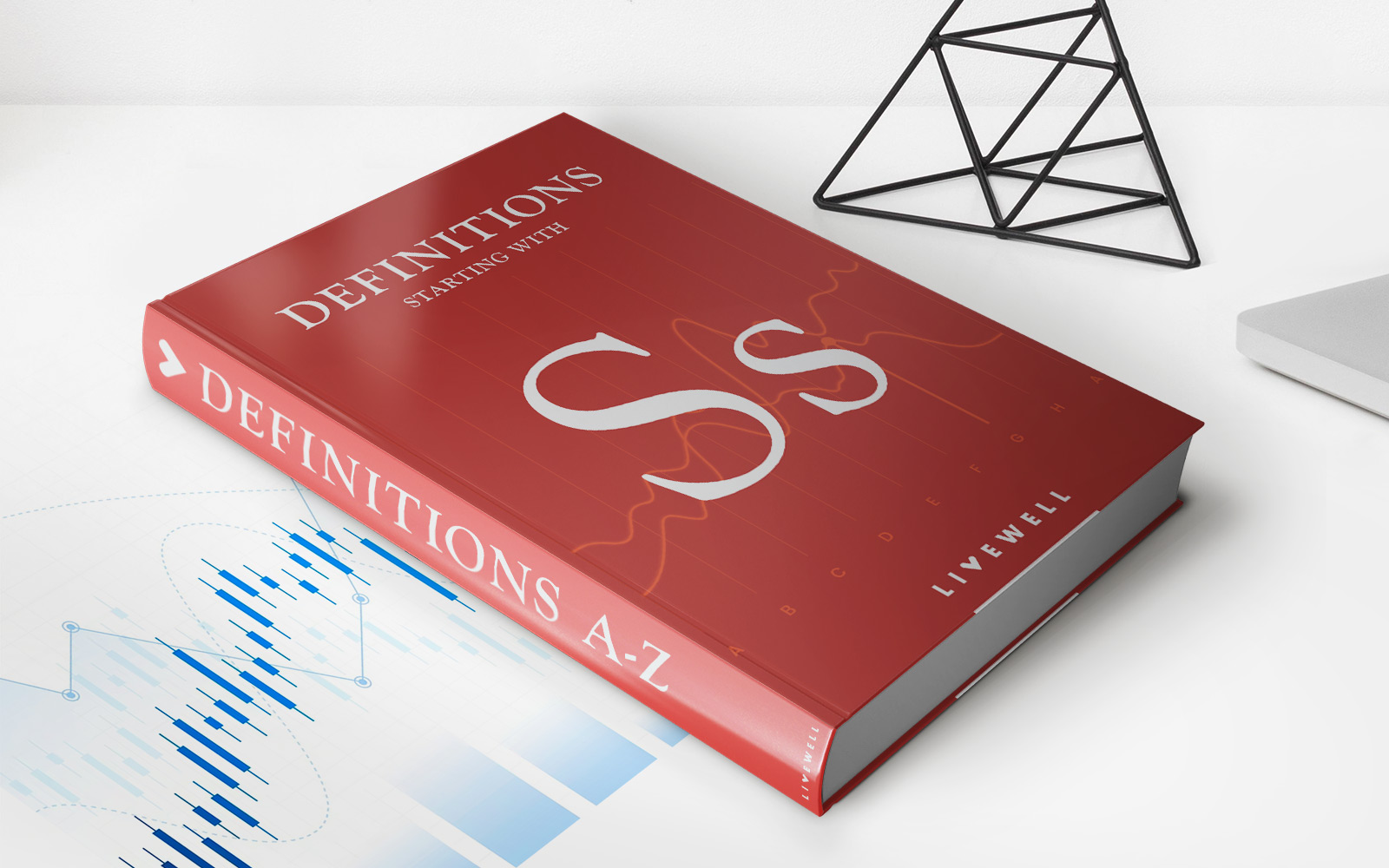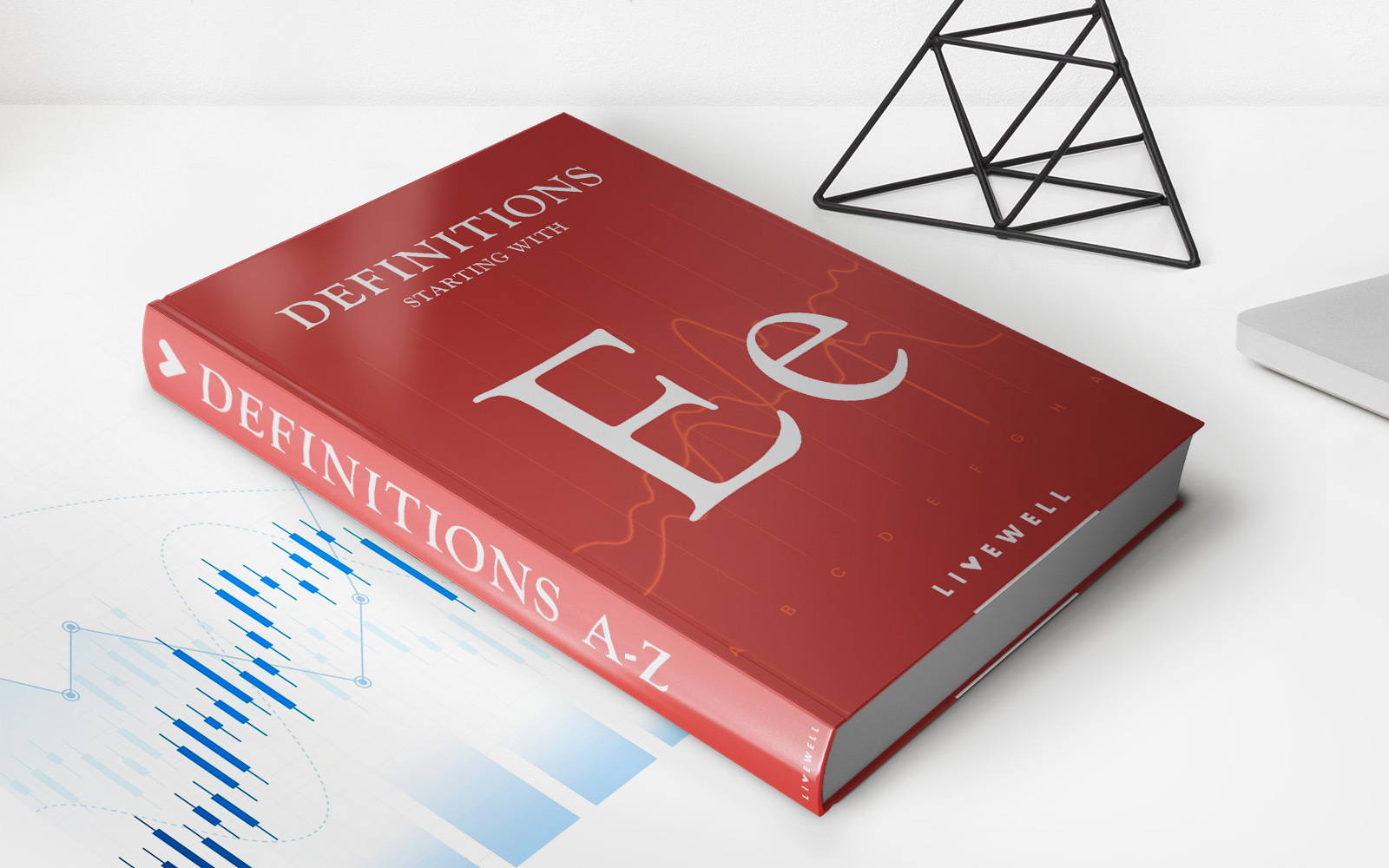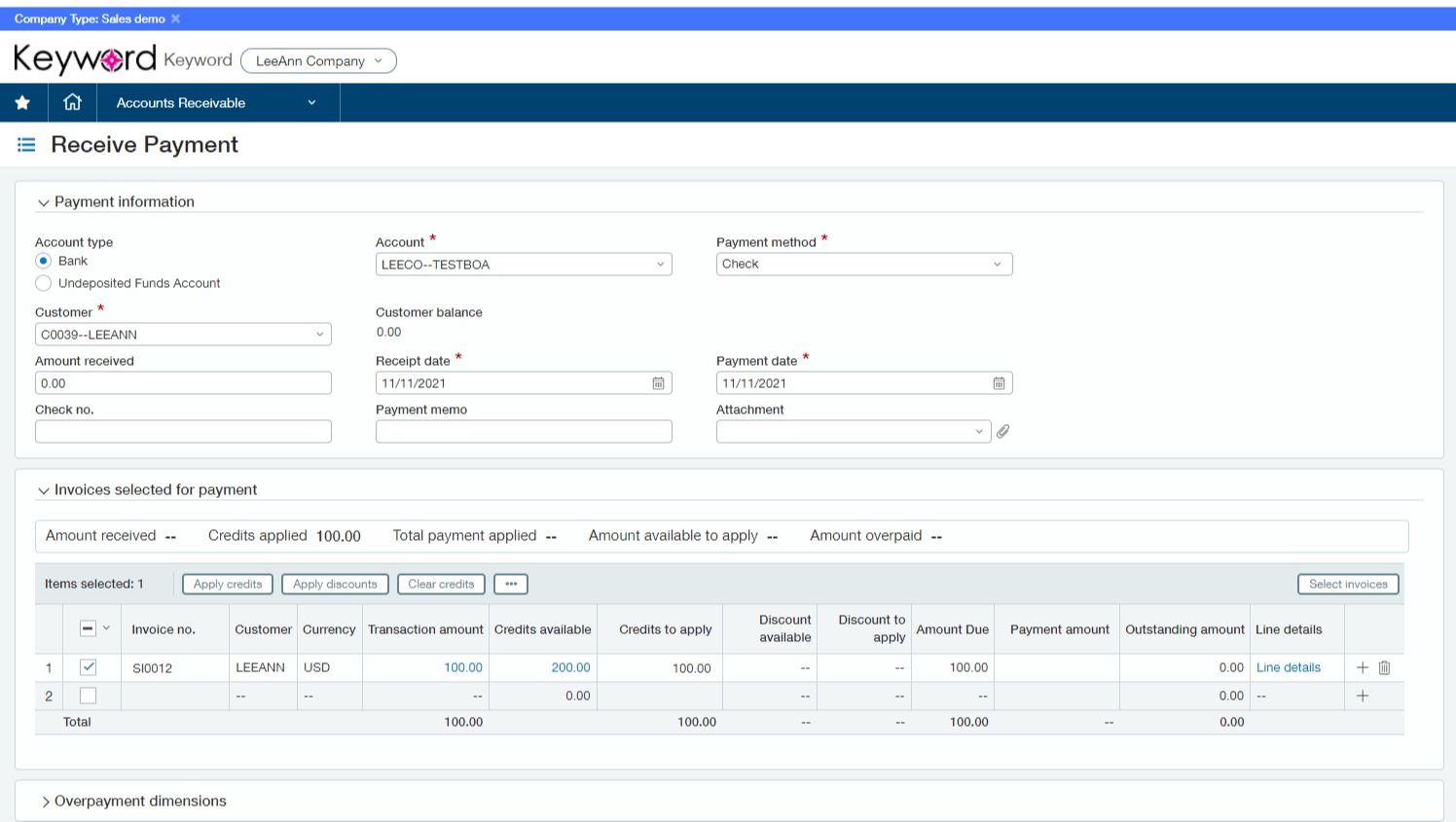Home>Finance>Kiting Definition, How It Works With Checks And Securities


Finance
Kiting Definition, How It Works With Checks And Securities
Published: December 15, 2023
Learn the definition of kiting in finance, how it works with checks and securities. Discover the intricacies of this fraudulent activity and its impact on financial institutions.
(Many of the links in this article redirect to a specific reviewed product. Your purchase of these products through affiliate links helps to generate commission for LiveWell, at no extra cost. Learn more)
Understanding Kiting: How It Works With Checks and Securities
Welcome to another informative blog post in our “FINANCE” category. In this article, we dive into the fascinating world of kiting and explore how this practice relates to checks and securities. If you’ve ever wondered about kiting and its impact on the financial industry, you’ve come to the right place!
Key Takeaways:
- Kiting involves the fraudulent practice of intentionally inflating account balances using the time delay between depositing checks and their clearance.
- It is important for individuals and financial institutions to detect and prevent kiting as it can have severe consequences for the financial system.
So, what exactly is kiting? Kiting refers to the illegal practice of exploiting the time it takes for checks to clear between two or more banks. It involves writing a check from one account, depositing it into another account, and then using the funds from that account to cover the first check. Essentially, the kite is kept afloat by continuously transferring funds between accounts to create the illusion of a higher balance than actually exists.
Now, you might be wondering how kiting relates to checks and securities. Kiting commonly occurs with checks as they typically have a processing delay, allowing individuals to exploit this time window. By depositing a check and withdrawing funds before it clears, a kiter can take advantage of the temporary balance increase.
Securities can also be involved in kiting schemes. In some cases, individuals may use securities as collateral for loans or credit lines, generating temporary funds that can be utilized for kiting purposes. This method creates the illusion of financial strength while concealing the fraudulent activity.
To curb the practice of kiting, financial institutions and individuals must remain vigilant. Here are a few preventive measures to consider:
- Monitor account balances regularly to detect any irregularities or discrepancies.
- Implement robust authentication procedures to verify the legitimacy of checks and securities.
- Utilize technology that detects unusual activity patterns, such as repeated deposits and withdrawals between accounts.
- Collaborate with other financial institutions to share information and identify potential kiting activities.
In conclusion, kiting is a deceptive practice that exploits the time delay between depositing checks and their clearance. It can have serious repercussions for the financial industry, which is why it’s important for individuals and institutions to detect and prevent such activities. By staying informed and implementing preventive measures, we can work together to protect the stability and integrity of the financial system.














